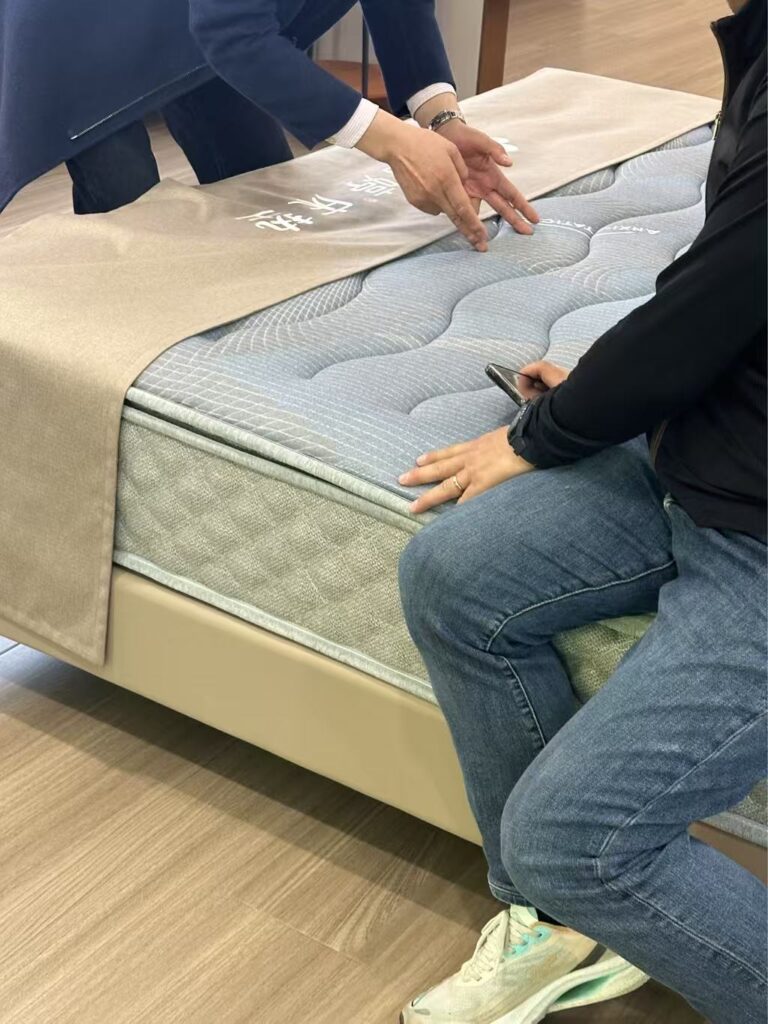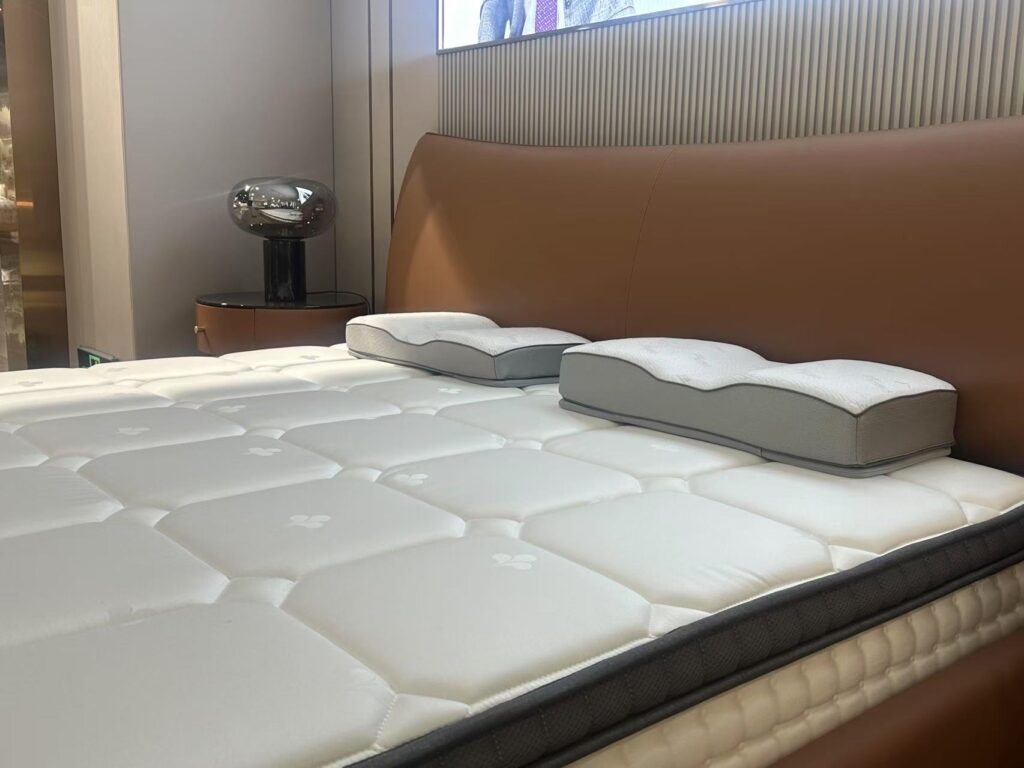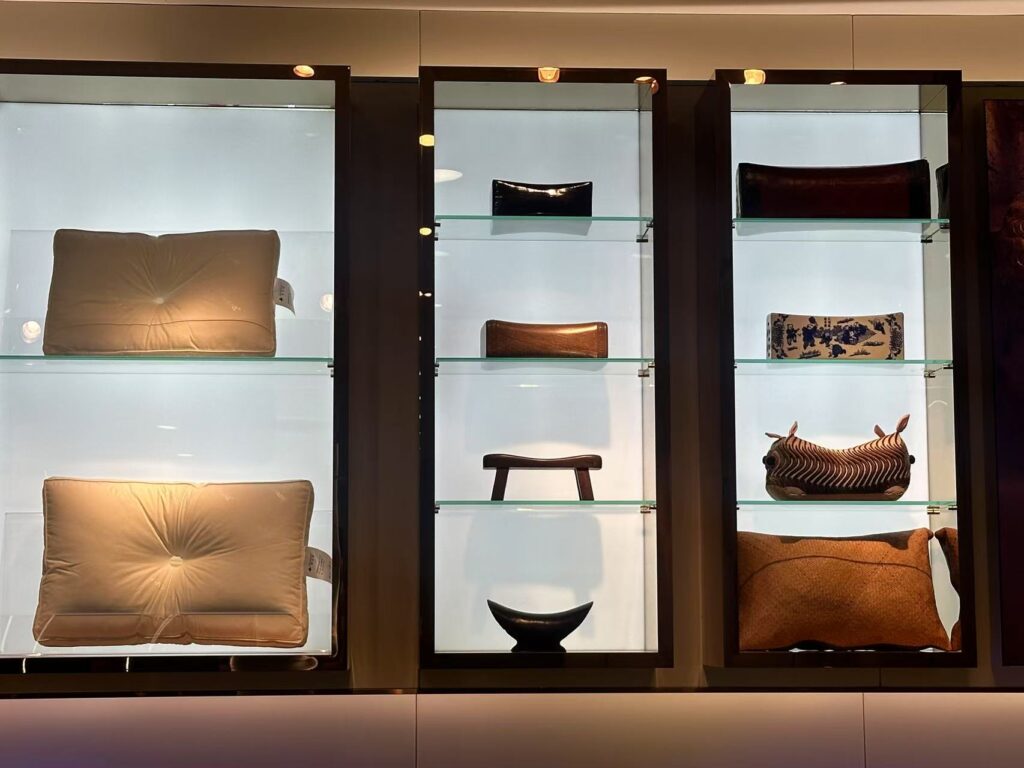Reflections on branding, communication, and missed opportunities in a category we all live with but rarely think deeply about
Across industries, I’ve worked on communication and business strategy projects — from fintech and real estate to international trade — but few categories have surprised me as much as sleep.
While helping to develop a so-called "sleep solution" brand, I stumbled into a space that felt oddly stuck in time.
Mattresses. Pillows. Sleep accessories.

On the surface, it’s a practical business with steady demand. Everyone needs sleep. Everyone buys these products eventually.
But the more time I spent working behind the scenes, the more I realised how underdeveloped this industry is when it comes to brand strategy and communication. And that’s exactly what makes it interesting.
Here are a few observations from someone who came in with fresh eyes — and left with even more ideas.
Everyone Sleeps
But Few understand Sleep Products
Sleep is universal, yet the average consumer — and even many health professionals — still treat pillows and mattresses as completely separate decisions. People know how to compare prices or test softness in a showroom, but they’re rarely encouraged to think about how firmness, posture, and spinal alignment should actually work together.

In working on brand content, I found that people don’t mind being informed, but they don't want to feel like they’re being taught a lesson.
Communication in this space needs to feel empowering and conversational — revealing overlooked insights in a way that feels natural. Not preachy. Not clinical.
Just: "Here’s something that might make your sleep better."
There’s a rich space here for storytelling, visual tools, even humour — all in service of helping people make smarter choices about something they do for one-third of their life.
Products Are Traditional
and Often Indistinguishable
Most sleep products on the market look and sound the same: foam, springs, medium-firm, ergonomic, bamboo cover — it's the same checklist, recycled across countless brands.
In reality, many mattress brands in Australia are built by the same few manufacturers.
It’s a consolidated production landscape, where identical products are often rebranded and sold under different names with only minor variations in fabric or marketing.
This isn't just about oversupply — it's about under-differentiation.
When the product is essentially the same, the only way to stand out is through storytelling, brand positioning, and user experience.
A few newer players are catching on. They're not just tweaking the product — they're reframing the problem.

Whether it's a modular pillow with adjustable inserts or a mattress designed around spinal zones, these brands are creating space between themselves and the "one-size-fits-all" crowd.
That's what communication strategy should do. It shouldn’t just explain what a product is. It should give people a reason to care.
The Market Is Fragmented
Which Creates Room to Specialise
One of the most overlooked truths in the sleep category is this: everyone is solving their own sleep problem in isolation.
The side sleeper with shoulder pain. The couple with different firmness needs. The shift worker with irregular hours.
Each of them is out there, Googling and guessing.
But very few brands speak directly to them.
That’s a missed opportunity — and a strategic one.
In marketing, there's power in specificity. Brands that define who they serve and speak in a tone that person recognises can build loyalty fast.
It’s not about reaching everyone. It’s about being the obvious choice for someone.
Technology Will Shake Up the Sleep Category
Sooner Than We Think
We already track our steps, heart rate, calories, and screen time. Sleep is the next frontier — and wearable tech is already moving into that space.
But here’s the thing: most sleep products haven’t caught up.
There’s a strategic opening for brands that can integrate — or even just talk — in the language of connected wellness.
Not just mattresses and pillows, but an ecosystem that includes temperature control, sleep tracking, smart alarms, and body feedback.
A brand that can frame itself as part of a smart, personalised sleep routine — even if it’s just the analogue part — will feel more relevant to a generation raised on data and control.
Loose Ends in the Sleep Story
Working in this category gave me something I didn’t expect — a genuine curiosity.

Not just about sleep itself, but about how often we settle for bad branding in categories that affect our everyday wellbeing.
There’s no shortage of products out there. But good strategy? That’s still rare.
If you’re building something in this space — or even thinking about it — I’d love to connect.
Whether it’s refining your brand story, developing content frameworks, or finding the right angle to reach your audience, this is the kind of challenge I find exciting.
And if you’re just here because you’re sleep-deprived and scrolling — fair enough.
But maybe check your pillow and mattress combo. They might not be on the same page.